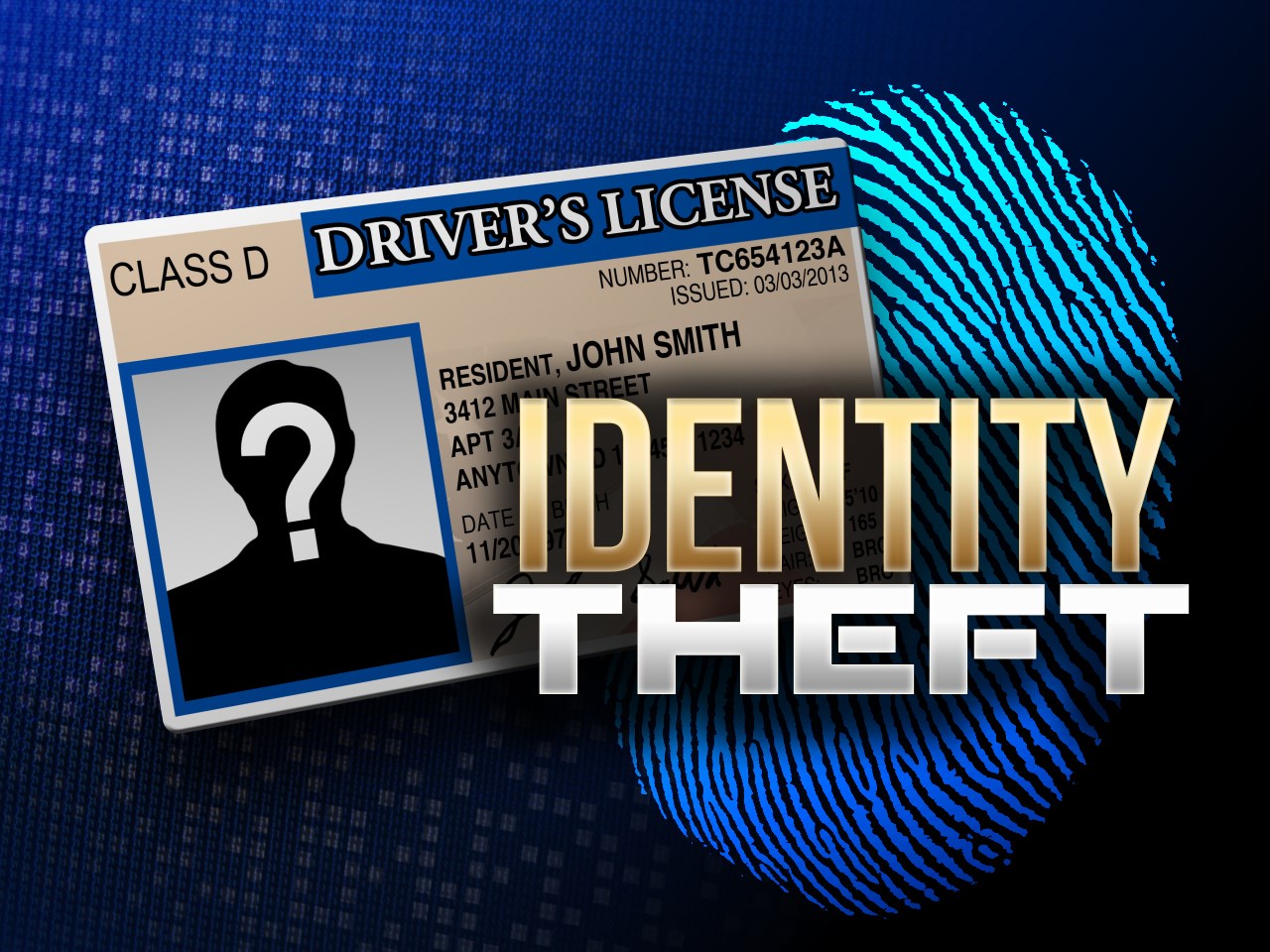Internet Crimes
By Harpalav Kaur

IDENTITY
Identity fraud
One
of the most widespread types of cybercrime, is characterized by the
misuse of a person's personal data like their name, date of birth,
Social Security number, or driver's license number, for different
fraudulent purposes or criminal purposes. This can comprise of
opening new accounts, applying for credits, filing taxes, accessing
health services or even avoiding law enforcement (Broadhurst et al.,
2014).
Fake identity can be seen in cases of tax
refund fraud, medical identity theft, child identity theft,
synthetic identity theft, and criminal identity theft. In 2020, the
Federal Trade Commission (FTC) handled more than 1.4 million
complaints linked with identity fraud which summed up to over $3.3
billion in losses.
Several reasons underline the widespread
nature of identity theft, namely, the easy access to personal
details online, the inadequate security policies, the high demand
for such information, and the human factors, such as negligence,
ignorance, or carelessness. Also, the low rate of detection and
legal proceedings make this issue even worse.
The repercussions of becoming the victim of
identity theft are severe, including financial losses and credit
troubles, legal issues, health risks; emotional distress and
reputational damage (Brenner, 2012). To tackle these hurdles
requires an in-depth understanding of the issues pertaining to
proving and restoring identity, the complicated nature of fraud
schemes and their multifarious forms, the global nature of the
crime, the lack of consumer awareness, and restricted resources and
collaboration among stakeholders (Furnell, 2003).
The resort to
these challenges requires formulation of solutions and
recommendations for the fight against identity fraud. Such include
the use of strong and unique passwords with multi-factor
authentication, implementation and updating security software and
protocols, monitoring and freezing credit reports, securely
disposing of sensitive documents, and education and training for
both consumers and employees. Furthermore, increasing collaboration
and coordination among all stakeholders should be the key feature in
developing a more effective and proactive approach to tackling
identity fraud (Wall 2007).